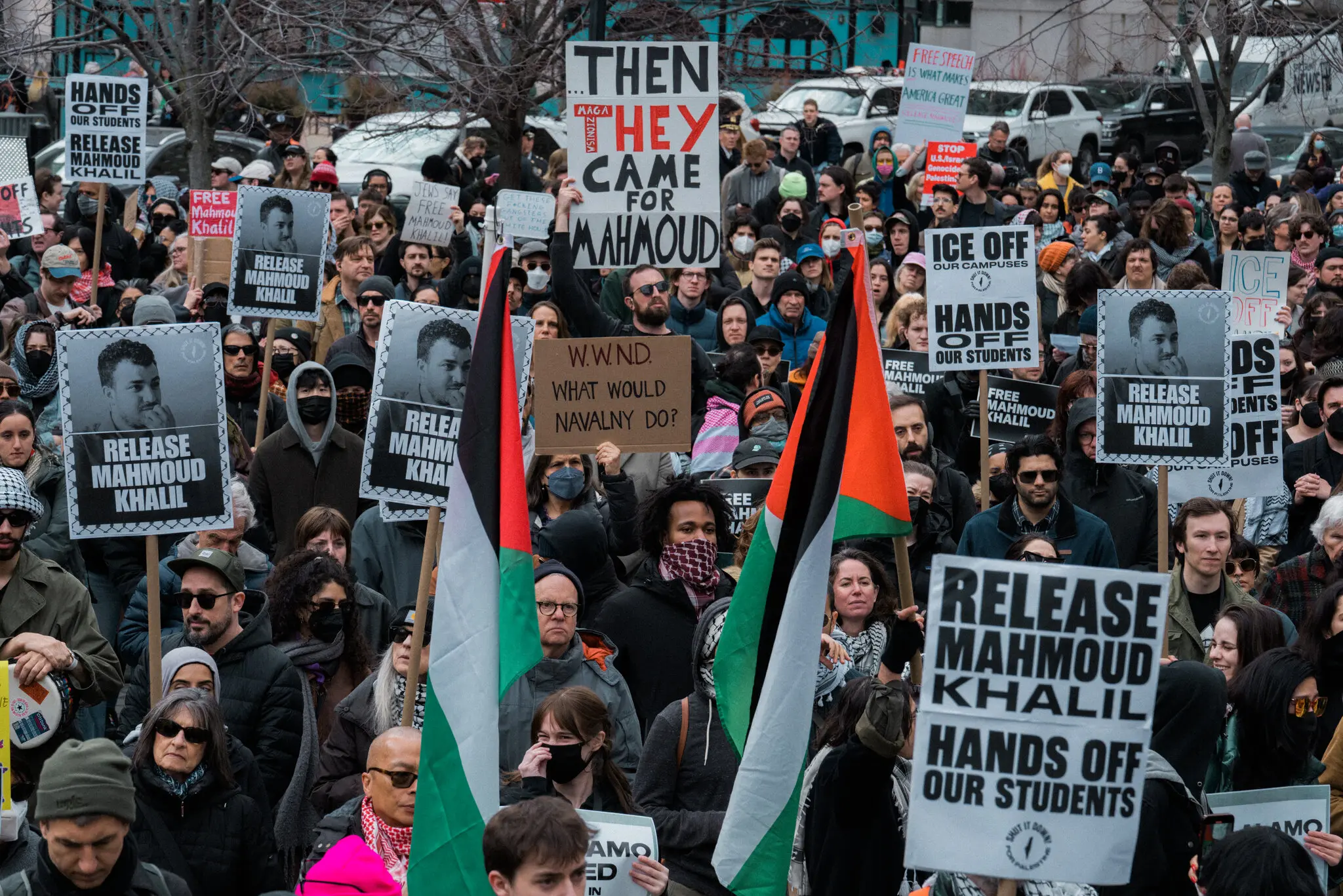As two recent books show, free speech protections were forged a century ago by people who fought for the rights of activists.
By Sam Tanenhaus
Of the many changes in the national idiom in the decade-long, and still extending, Age of Trump, none has been more striking than the replacement of the familiar term “free speech” with the more narrowly legalistic “constitutionally protected speech.” The two phrases mean the same thing, yet how different they sound — “free,” almost breezy in its claim of liberty and license and universal availability (as in, “Go ahead. It’s a free country”), as opposed to “protected,” with its imagery of fortification against attack.
But protection sounds right today. Choose your side, and it is under threat. Just ask any of the shrinking band of dissenting Republican legislators, who have learned that to speak out or even speak up is to incur social media onslaught and vitriol from voters. Or take a look at Columbia University, where the Trump administration, apparently concerned with antisemitism, canceled $400 million in government grants and contracts, detained the pro-Palestinian student protester Mahmoud Khalil and threatened him with deportation. “The first arrest of many to come,” Trump promised.
With this, two of the oldest instruments in the long history of the United States — imprisonment and deportation — were whetted for fresh use, much as they were in the prosecution of antigovernment radicals around the turn of the 20th century. That period and its stresses are the subject of AMERICAN ANARCHY: The Epic Struggle Between Immigrant Radicals and the US Government at the Dawn of the Twentieth Century (Basic, 463 pp., $35), the Brandeis historian Michael Willrich’s well-researched narrative about the legal and personal trials of immigrant agitators.


